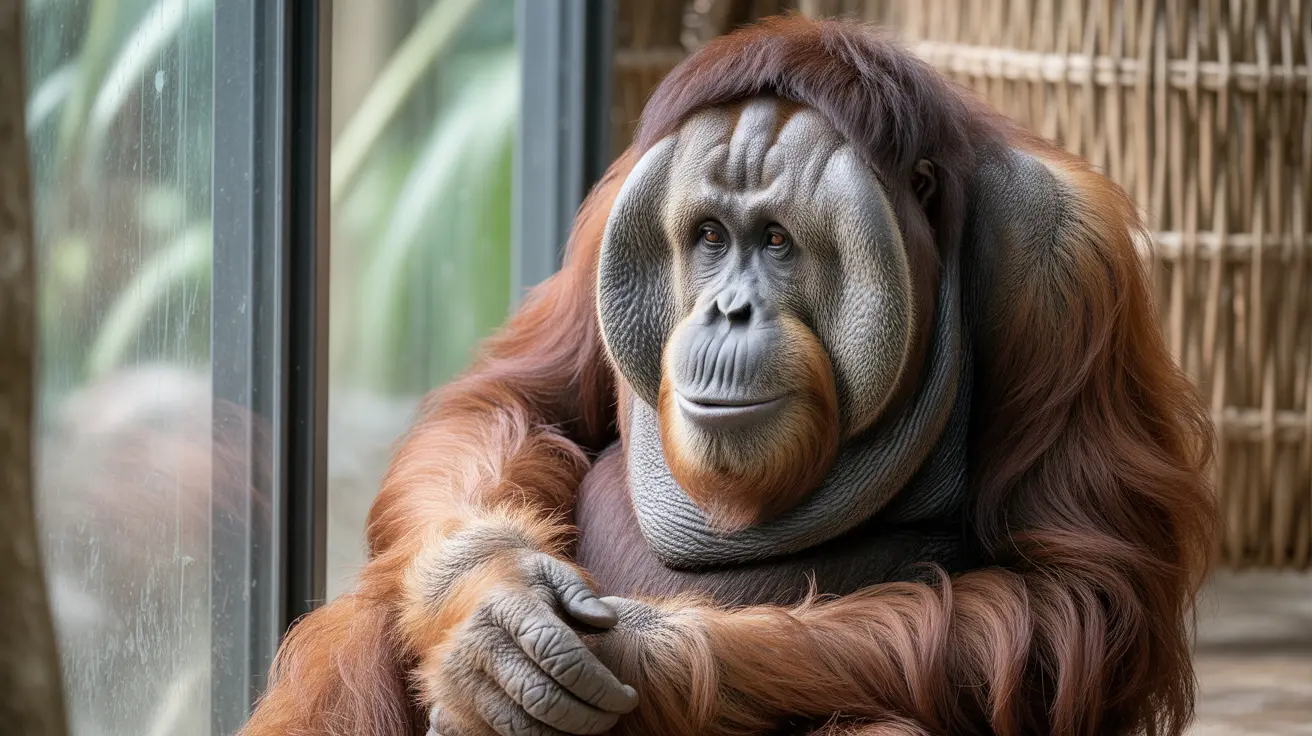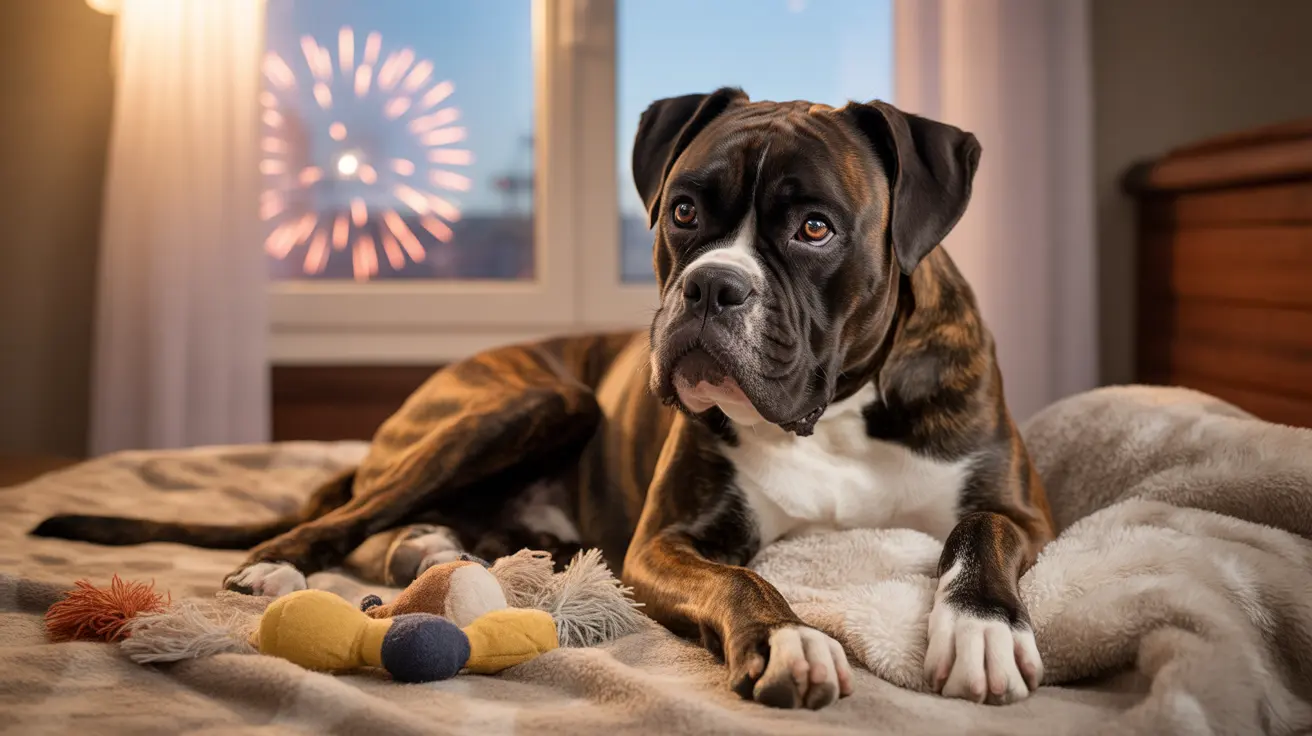When Florida temperatures take an unexpected dip, it's not just pet owners who need to worry about keeping their animals warm. ZooTampa is taking proactive measures to ensure their tropical residents stay comfortable during cold snaps, with orangutans retreating to heated shelters and specialized care protocols in place for temperature-sensitive species. This behind-the-scenes look at zoo animal care in cold weather reveals the extensive planning and resources required to protect exotic animals from climate stress.
The welfare of zoo animals during temperature fluctuations demonstrates the sophisticated infrastructure modern zoos maintain to replicate natural habitats while protecting species that may not be adapted to local climate variations. These efforts provide valuable insights for pet owners who care for exotic or temperature-sensitive animals at home.
How Zoos Keep Animals Warm During Cold Spells
ZooTampa's response to dropping temperatures showcases the comprehensive approach zoos take to maintain animal comfort and health. The facility's orangutans have been observed staying in their heated shelter areas, demonstrating how animals naturally seek out the warm spaces provided by their caregivers.
Climate-controlled zoo habitats represent significant investments in animal welfare technology. These systems go far beyond simple heating, incorporating humidity control, air circulation, and temperature monitoring to create optimal environments for species that originated in tropical climates.
Heated Shelters for Zoo Animals
The infrastructure supporting zoo animal welfare includes sophisticated heating systems designed specifically for different species' needs. Heated shelters for zoo animals often feature radiant floor heating, infrared heat lamps, and insulated sleeping areas that allow animals to regulate their body temperature naturally.
These specialized environments require constant monitoring and adjustment. Zoo staff must balance providing adequate warmth while maintaining the enrichment opportunities that keep animals mentally and physically stimulated, even during cold weather periods.
Winter Animal Care Tips for Exotic Species
The protocols zoos follow during cold weather events offer valuable lessons for exotic pet owners. Proper winter preparation involves understanding each species' temperature tolerance, recognizing signs of cold stress, and having backup heating systems in place.
Cold Weather Protocols for Zoos
Professional cold weather protocols for zoos typically include temperature monitoring systems that alert staff when conditions require intervention. These protocols specify exactly when animals should be moved to heated areas and outline emergency procedures for equipment failures.
Zoo animal monitoring during cold weather involves regular welfare checks, behavioral observations, and health assessments. Staff document how animals respond to temperature changes, which helps refine care protocols for future cold events.
Specialized Care for Temperature-Sensitive Species
Manatee Cold Stress Management
Marine mammals like manatees face particular challenges during cold weather. Cold stress in manatees can be life-threatening, requiring immediate intervention when water temperatures drop below critical thresholds. Zoos with manatee populations maintain heated pool systems and have protocols for rapid temperature adjustment.
Tropical Animals in Winter
Tropical animals in winter require specialized attention to prevent health complications. This includes not only temperature regulation but also maintaining proper humidity levels and ensuring adequate nutrition, as animals may require additional calories to maintain body heat.
Animal Enrichment in Winter
Maintaining animal enrichment in winter presents unique challenges when animals spend more time in heated indoor spaces. Zoo staff must adapt enrichment programs to smaller spaces while ensuring animals remain mentally stimulated and physically active during cold periods.
Zoo animal bedding plays a crucial role in winter comfort, with facilities using materials like straw, blankets, and specialized substrates that provide insulation while remaining safe for animals to interact with.
Frequently Asked Questions
How do zoos keep orangutans warm during cold weather?
Zoos provide heated shelters with climate-controlled environments for orangutans during cold weather. These facilities feature radiant heating, insulated sleeping areas, and temperature monitoring systems. Orangutans naturally seek out these warm spaces when outdoor temperatures drop, as demonstrated at ZooTampa during recent cold spells.
What happens to manatees in zoos when temperatures drop?
Manatees are particularly vulnerable to cold stress, so zoos maintain heated pool systems specifically for these marine mammals. Water temperatures are carefully monitored and adjusted to prevent cold stress, which can be fatal to manatees. Emergency protocols ensure rapid response if heating systems fail.
Why are heated shelters important for tropical animals in zoos?
Heated shelters are essential because tropical animals lack the physiological adaptations needed to survive in colder climates. These controlled environments prevent hypothermia, maintain proper metabolic function, and reduce stress that could compromise immune systems and overall health.
Conclusion
The careful attention ZooTampa provides to its animals during cold weather demonstrates the sophisticated level of care modern zoos maintain for their residents. From heated orangutan shelters to comprehensive monitoring systems, these facilities serve as models for proper exotic animal care during challenging weather conditions.
For pet owners with temperature-sensitive animals, observing how professional facilities manage cold weather can provide valuable insights into creating safe, comfortable environments. The key lies in preparation, monitoring, and having reliable backup systems to ensure animal welfare remains the top priority regardless of weather conditions.





